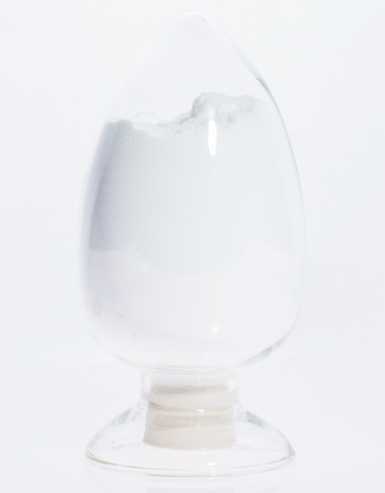
News
Nov . 22, 2024 19:05 Back to list
y pga γ polyglutamic acid
The Role of Y% PGA γ-Polyglutamic Acid in Biotechnology and Medicine
γ-Polyglutamic acid (γ-PGA) is a natural biopolymer composed of glutamic acid residues linked through peptide bonds. This unique polymer has garnered significant interest in various fields, particularly in biotechnology and medicine, due to its versatile properties and biocompatibility. With a remarkable ability to enhance the efficacy of drugs and serve as a delivery vehicle, γ-PGA stands out as a promising material in contemporary research.
Structure and Properties of γ-PGA
The structure of γ-PGA consists of linear chains of glutamic acid, where the carboxyl groups of one residue connect to the amine groups of another, forming a stable polymer. Its water-soluble nature, biocompatibility, and biodegradability make γ-PGA an attractive candidate for numerous applications. Additionally, its ability to form hydrogels offers exciting possibilities for drug delivery systems, wound healing, and tissue engineering.
Applications in Drug Delivery
One of the most significant advantages of γ-PGA lies in its capability to improve drug solubility and stability. By encapsulating drugs within γ-PGA nanoparticles or hydrogels, researchers can enhance the bioavailability of poorly soluble compounds. This property is particularly beneficial for cancer therapies, where γ-PGA can facilitate targeted drug delivery, minimizing side effects while maximizing therapeutic efficacy.
Moreover, γ-PGA can be chemically modified to introduce various functional groups, which allows for the tailoring of release profiles. Such modifications enable sustained or controlled release of therapeutic agents, making it possible to maintain effective drug concentrations over extended periods without the need for frequent administration. This can result in improved patient compliance and optimal therapeutic outcomes.
Role in Biotechnology
y pga γ polyglutamic acid

In biotechnology, γ-PGA has shown promise as a biosurfactant and stabilizer in fermentation processes. Its ability to reduce surface tension allows for enhanced microbial growth, leading to higher yields in bioprocessing applications. Additionally, γ-PGA's hydrophilic nature can aid in the solubilization of hydrophobic substrates, making it a valuable tool in enzyme immobilization and biosensor development.
Furthermore, γ-PGA plays a role in agriculture, where it is used as a soil conditioner and biofertilizer. Its ability to retain moisture and nutrients contributes to improved soil structure and fertility. This not only boosts crop yields but also promotes sustainable agricultural practices by reducing the need for chemical fertilizers.
Biomedical Applications
In the realm of medicine, γ-PGA's biocompatibility allows it to be employed in various applications, including wound healing and tissue engineering. Its hydrophilic nature promotes cell adhesion and proliferation, making it an excellent scaffold material for tissue regeneration. Research has shown that γ-PGA-based scaffolds can effectively support the growth of diverse cell types, which is essential for the development of artificial organs and regenerative therapies.
Moreover, γ-PGA's innate antimicrobial properties offer additional benefits in wound healing. By incorporating antimicrobial agents within γ-PGA matrices, researchers can develop advanced dressings that protect wounds from infection while promoting healing.
Conclusion
In summary, γ-Polyglutamic acid is a versatile biopolymer with a wide range of applications in biotechnology and medicine. Its unique properties, including biocompatibility, biodegradability, and the potential for customization, make it an ideal candidate for drug delivery systems, biosurfactants, and tissue engineering scaffolds. As research continues to unveil the countless possibilities of γ-PGA, we can expect it to play an increasingly significant role in the development of innovative solutions for both healthcare and environmental challenges. The future of this remarkable biopolymer looks promising, offering hope for advancements that could improve lives and promote sustainability.
-
Polyaspartic Acid Salts in Agricultural Fertilizers: A Sustainable Solution
NewsJul.21,2025
-
OEM Chelating Agent Preservative Supplier & Manufacturer High-Quality Customized Solutions
NewsJul.08,2025
-
OEM Potassium Chelating Agent Manufacturer - Custom Potassium Oxalate & Citrate Solutions
NewsJul.08,2025
-
OEM Pentasodium DTPA Chelating Agent Supplier & Manufacturer High Purity & Cost-Effective Solutions
NewsJul.08,2025
-
High-Efficiency Chelated Trace Elements Fertilizer Bulk Supplier & Manufacturer Quotes
NewsJul.07,2025
-
High Quality K Formation for a Chelating Agent – Reliable Manufacturer & Supplier
NewsJul.07,2025
